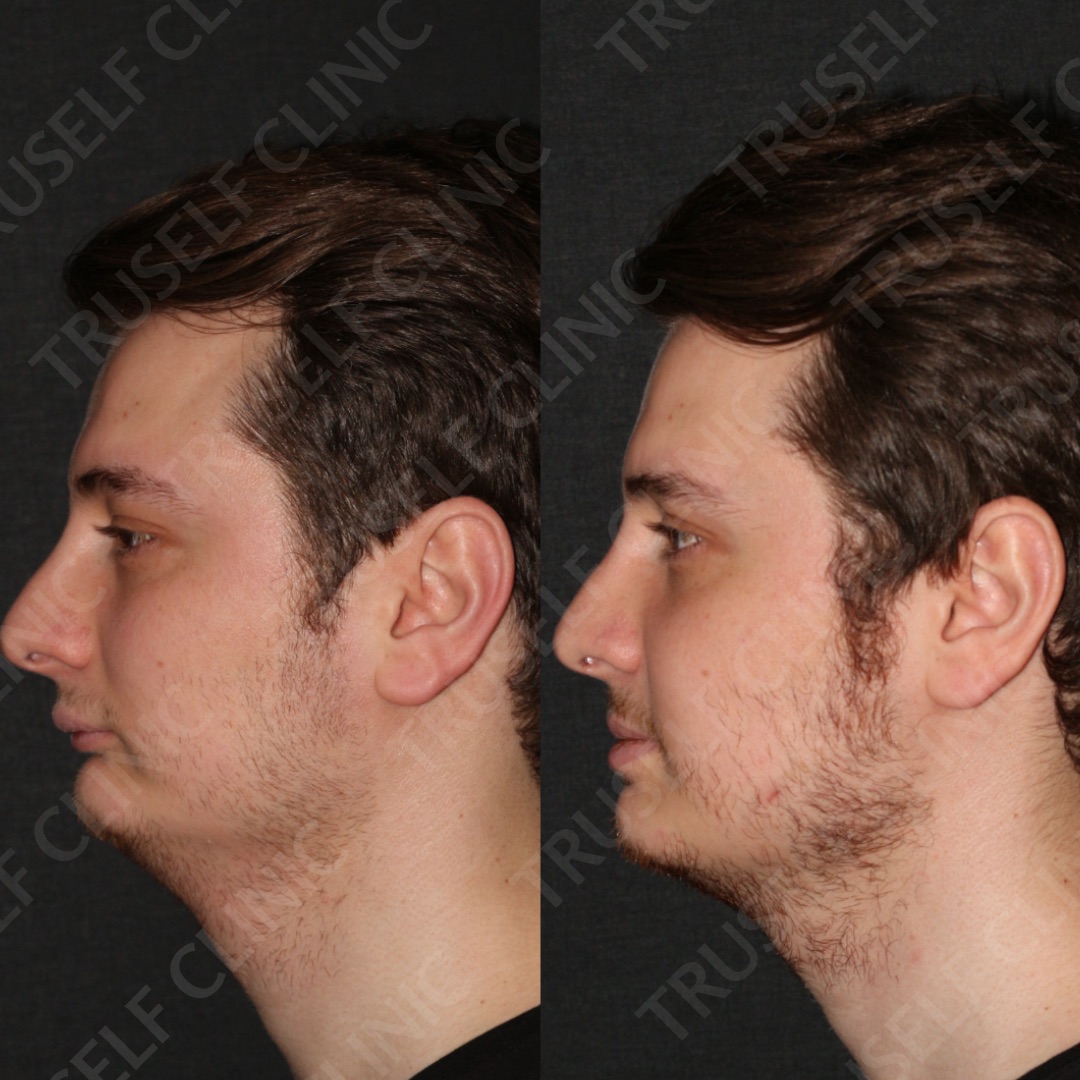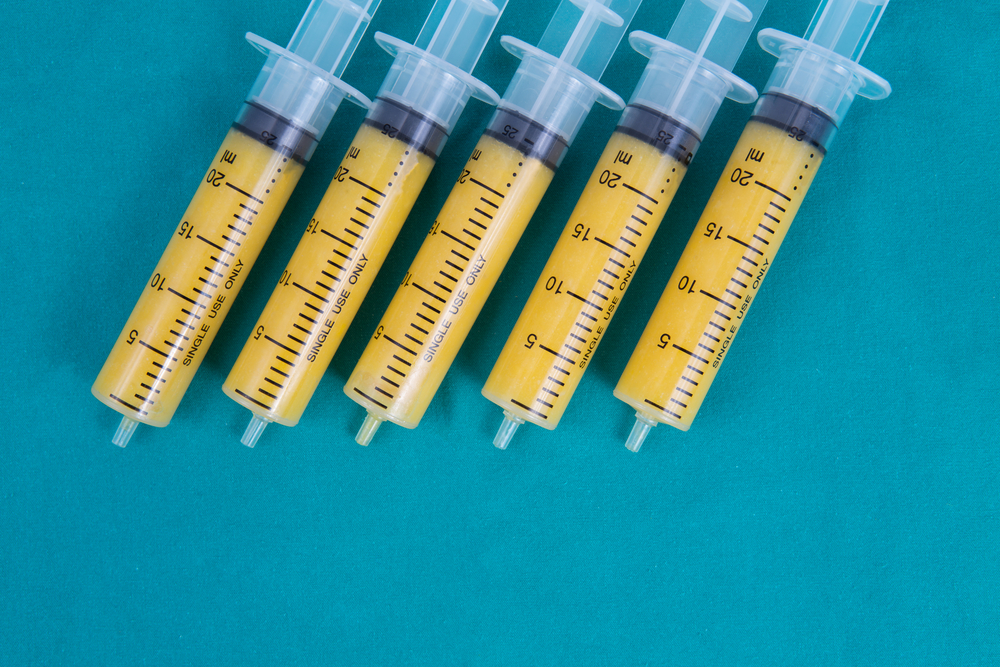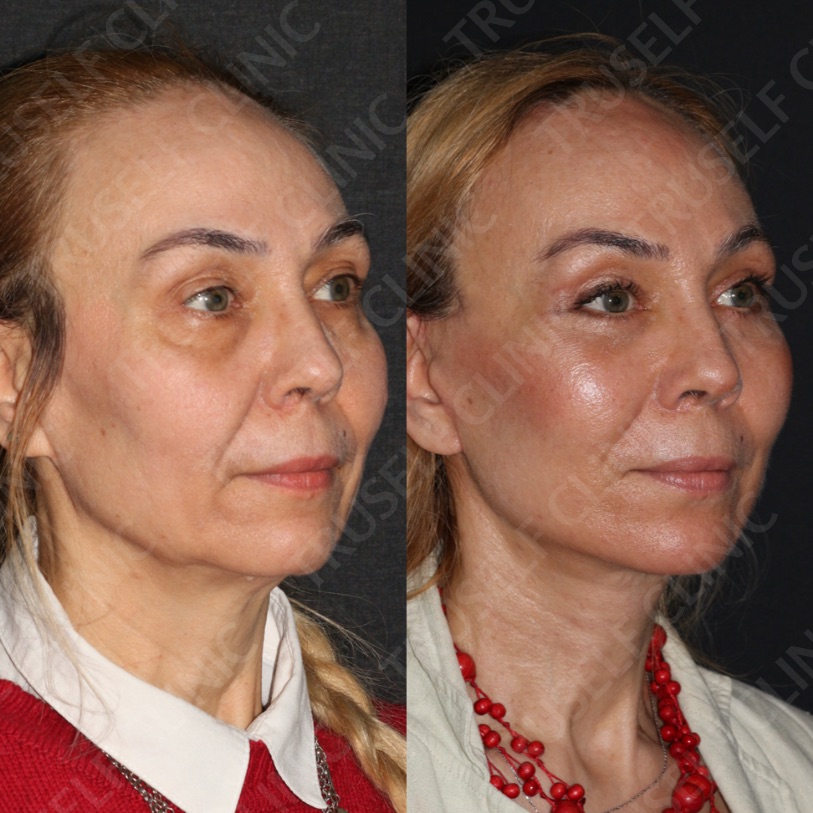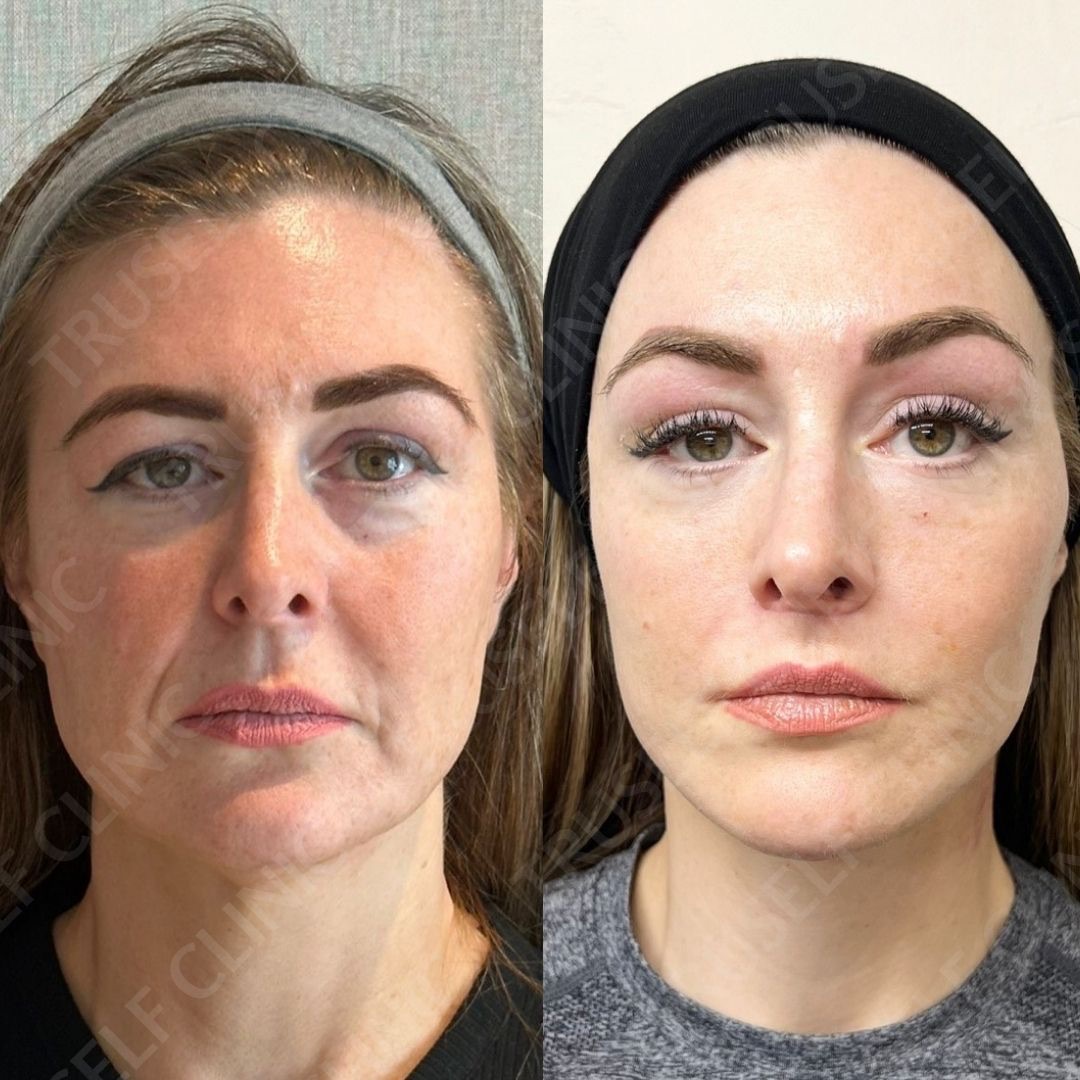What Is Double Jaw Surgery?

Double jaw surgery, also known as Bi-maxillary Osteotomy, is a specific type of orthognathic or corrective jaw surgery. Unlike typical procedures that focus on one jaw at a time, double jaw surgery involves operating on both jaws simultaneously. This surgery aims to correct both aesthetic and functional skeletal issues. A common condition treated by double jaw surgery is a protruding jaw, which causes an abnormal bite, known as malocclusion.
During the surgery, the oral surgeon will resize, reshape, and reposition the jawbones to provide the patient with the best possible outcome.
Who Needs Double Jaw Surgery?
Double jaw surgery is far from a mere cosmetic procedure. It is designed for individuals who suffer from significant physical characteristics affecting the mouth and jaws due to genetics or other conditions. Suitable candidates include:
- Individuals with an abnormally long face or chin
- Individuals with a protruding jaw
- Individuals with significant malocclusion due to skeletal abnormalities
- Individuals with sleep conditions like obstructive sleep apnea caused by facial structural issues
How is the surgery performed?
Double jaw surgery is performed under general anesthesia in a hospital setting and typically lasts three to four hours or longer. The surgery involves two primary techniques for the lower jaw and one technique for the upper jaw:
-
Sagittal Split Osteotomy (Lower Jaw):
- The surgeon makes diagonal cuts at the back of the jaw, creating two segments on both sides.
- The lower jaw can be moved backward or forward to correct the bite.
- The jaw is secured with titanium screws and sometimes plates, avoiding prolonged wiring of the jaw shut.
-
Intra-oral Vertical Ramus Osteotomy (Lower Jaw):
- Vertical cuts are made at the back of the lower jaw, allowing it to be trimmed and moved backward.
- This method requires the jaw to be wired shut for multiple weeks during healing, reducing complications like jaw joint pain.
- It necessitates a highly skilled surgeon due to the precision required.
-
Lefort Osteotomy (Upper Jaw):
- A cut is made across the upper jaw bone above the tooth roots, separating it from the skull.
- The upper jaw is repositioned and secured with titanium plates and screws.
What Is the Recovery Time?
Recovery from double jaw surgery varies based on the surgical method used. Bone healing typically takes 4-6 weeks. Patients usually have their teeth wired shut for 1-3 weeks, followed by a period of wearing guiding elastics.
If you believe you are an ideal candidate for double jaw surgery, contact Truself Clinic for a consultation.
The information and content on our website should not be used as a substitute for medical treatment or advice from your doctor.






